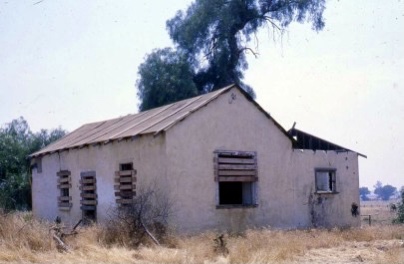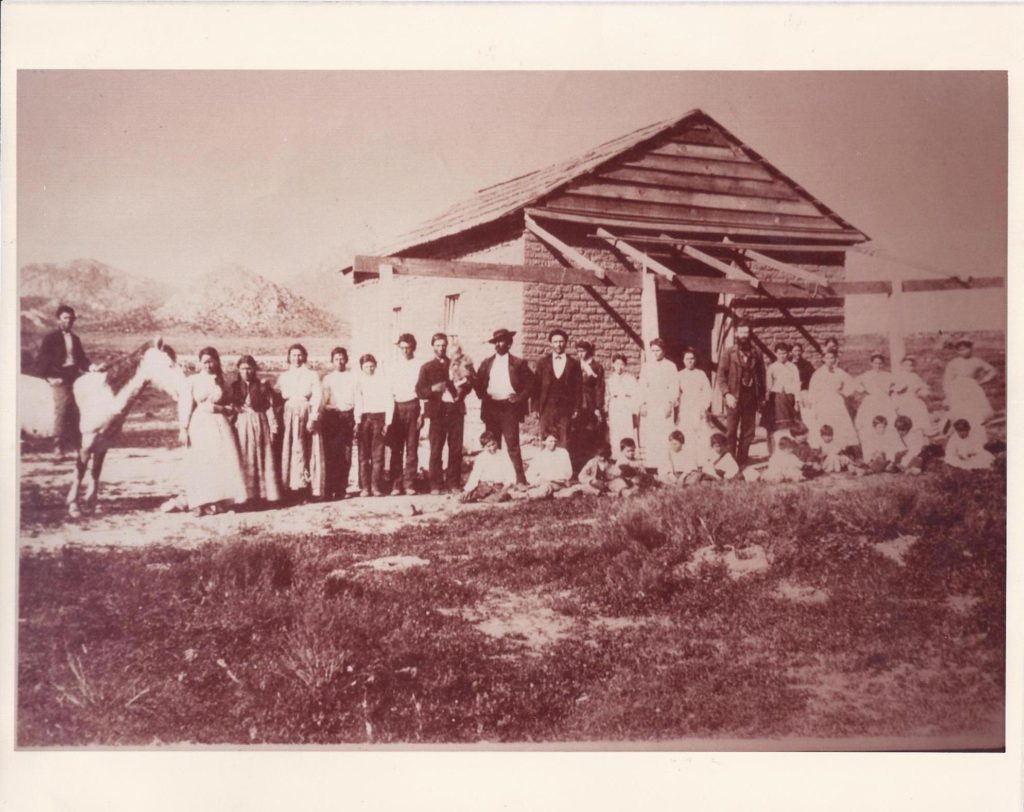Spanish Town Heritage Foundation

Preserving the Trujillo Adobe and Our Hispanic Legacy
The Spanish Town Heritage Foundation is dedicated to preserving the rich Hispanic legacy of the Inland Empire’s first settlers. Our mission is to share their stories, create cultural learning opportunities, and lead community efforts to restore and revitalize La Placita de los Trujillos—a historic site of education, entertainment, and the arts.
La Placita de los Trujillos is located in today’s Northside neighborhood of Riverside, CA, alongside its sister community, Agua Mansa, in Colton, CA. Together, these historic sites formed the largest non-native settlement between Santa Fe, New Mexico, and Los Angeles, California, in the first half of the 19th century. This place holds immense historical significance.
We invite you to join the Spanish Town Heritage Foundation in our mission to preserve the Trujillo Adobe, restore La Placita de los Trujillos and Agua Mansa, and transform the area into a vibrant living history museum known as Spanish Town.
This place matters. Become part of our familia and help us keep this heritage alive.
Mi casa es su casa.
How You Can Help?
Spanish Town Heritage Foundation thrives on community support and offers multiple ways for you to get involved. Together, we can preserve and celebrate the rich history of La Placita de los Trujillos and Agua Mansa. Here’s how you can help:
Volunteer
Become a Part of History
Land Acknowledgment
In our commitment to honor the truth and work towards healing and reconciliation, we acknowledge the traditional Native lands on which the Trujillo Adobe stands.
Our community’s existence and vitality are the result of generations of contributions from people around the world. Some were brought here against their will, some arrived seeking a better life, and some have lived on this land for countless generations.
Recognizing the truth is essential for fostering mutual respect and building connections across all heritages and differences.
We acknowledge that we are on the ancestral lands of the Cahuilla, Tongva, Luiseño, and Serrano peoples, and honor their ancestors and descendants, past, present, and future.
It is vital to understand the long history that has brought us to reside on this land and to recognize our place within that history. Land acknowledgments are not merely about the past; they are about understanding the ongoing impact of colonialism and fostering mindfulness of our present participation.
Let us commit to understanding this history and our role in it, as we work towards a future of respect and collaboration.
Discover Our Heritage

